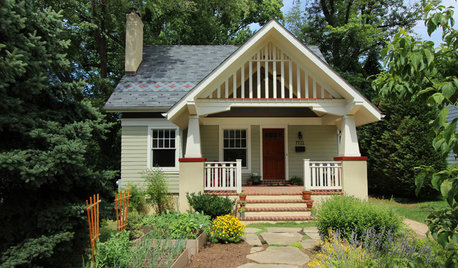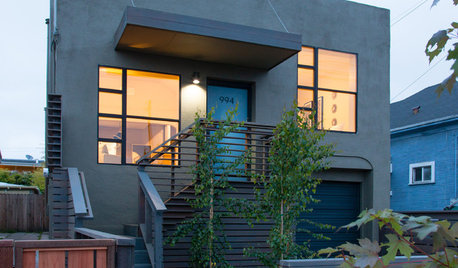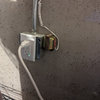arc fault
cappo11
10 years ago
Related Stories

CONTRACTOR TIPSBuilding Permits: 10 Critical Code Requirements for Every Project
In Part 3 of our series examining the building permit process, we highlight 10 code requirements you should never ignore
Full Story
CONTRACTOR TIPSBuilding Permits: The Final Inspection
In the last of our 6-part series on the building permit process, we review the final inspection and typical requirements for approval
Full Story
MOVINGHome-Buying Checklist: 20 Things to Consider Beyond the Inspection
Quality of life is just as important as construction quality. Learn what to look for at open houses to ensure comfort in your new home
Full Story
BATHROOM DESIGNKey Measurements to Help You Design a Powder Room
Clearances, codes and coordination are critical in small spaces such as a powder room. Here’s what you should know
Full Story
HOUZZ TOURSHouzz Tour: Visit a Modern Update in Oakland
See how a "hacked together" home became an urban neighborhood jewel
Full StoryMore Discussions











mm11
brickeyee
Related Professionals
Berkeley General Contractors · Bowling Green General Contractors · Bryn Mawr-Skyway General Contractors · Chatsworth General Contractors · De Luz General Contractors · Mount Vernon General Contractors · Stoughton General Contractors · Emeryville Solar Energy Systems · Norton Solar Energy Systems · Bozeman Home Automation & Home Media · Gilbert Home Automation & Home Media · Norwalk Home Automation & Home Media · Ocala Home Automation & Home Media · Olathe Home Automation & Home Media · Sarasota Home Automation & Home Mediacappo11Original Author
Ron Natalie
brickeyee
cappo11Original Author
brickeyee